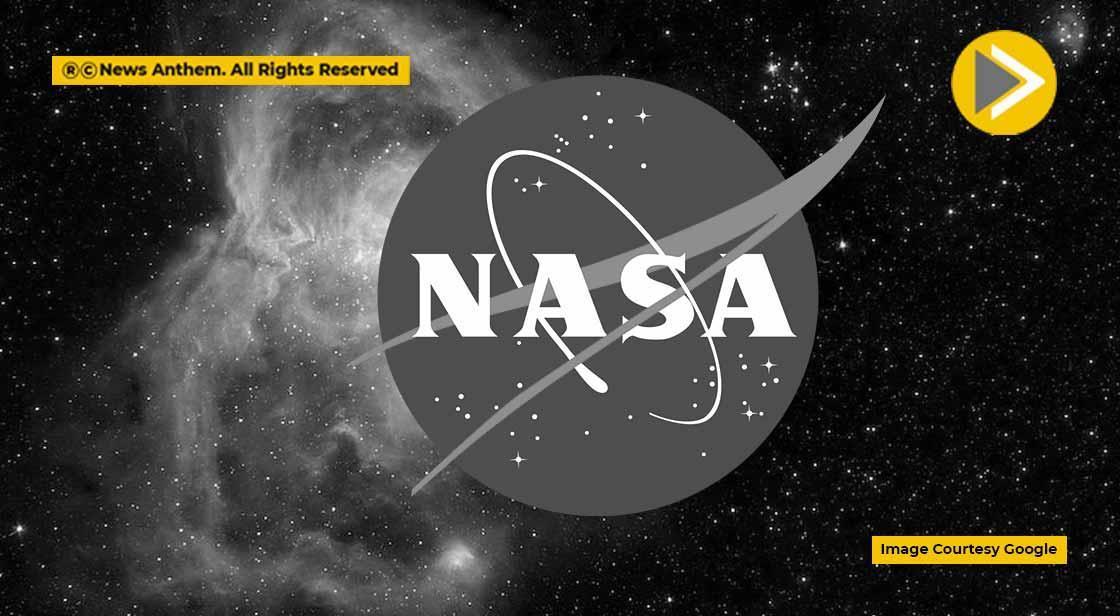NASA's SPHEREx Telescope Set for Launch Tomorrow: 3 Unique Features You Should Know

News Synopsis
NASA is set to launch its latest space telescope, SPHEREx (Spectro-Photometer for the History of the Universe, Epoch of Reionization, and Ices Explorer), on Friday, February 28. The telescope will be carried into space by a SpaceX Falcon 9 rocket from Vandenberg Space Force Base in California.
This ambitious two-year mission aims to create an extensive cosmic map, study the origins of galaxies, and investigate the presence of life-forming molecules in space. Scientists anticipate groundbreaking discoveries that could reshape our understanding of the universe.
A Colourful Map of the Universe
One of SPHEREx’s primary objectives is to create the most detailed and comprehensive cosmic map ever made. Unlike traditional telescopes that focus on specific celestial objects, SPHEREx will conduct a full-sky survey using advanced optical and infrared imaging.
-
Infrared light allows scientists to observe distant galaxies and cosmic structures that remain invisible in optical wavelengths. The James Webb Space Telescope (JWST) also uses infrared imaging but primarily focuses on specific regions. In contrast, SPHEREx will scan the entire sky every six months, producing an updated cosmic map.
-
The telescope will capture images in 102 infrared colours, offering an unprecedented view of space.
-
Nicky Fox, Associate Administrator for NASA’s Science Mission Directorate, described it as a historic first, stating, “We will map the entire sky with this level of colour detail, revealing insights never seen before.”
By analyzing the vast amount of data collected, astronomers can track the evolution of galaxies and gain a better understanding of how cosmic structures developed over billions of years.
Studying the Universe’s Earliest Expansion
SPHEREx is also designed to study one of the greatest mysteries of cosmology: cosmic inflation. This event, believed to have occurred nearly 14 billion years ago, describes the rapid expansion of the universe immediately after the Big Bang.
-
Inflation theories suggest that within a fraction of a second, the universe expanded faster than the speed of light. This rapid growth explains why the universe appears relatively uniform on a large scale.
-
However, the exact mechanism behind inflation remains unknown. SPHEREx will help test different inflation models by tracking the 3D positions of 450 million galaxies spread across time and space.
-
By analyzing these galaxies, scientists aim to uncover evidence supporting or refuting various cosmic inflation theories.
This data will not only provide new insights into the early universe but could also refine our understanding of dark matter and dark energy, two mysterious components that influence the universe’s expansion.
Searching for Life-Forming Molecules
Beyond studying the origins of galaxies, SPHEREx will also contribute to the search for life-forming molecules in space. Biogenic molecules—such as carbon, hydrogen, oxygen, nitrogen, and phosphorus—are essential building blocks of life.
-
These molecules exist in the form of icy particles in the coldest regions of space.
-
Scientists believe that some of these molecules may have traveled to Earth through comets and asteroids, playing a key role in the emergence of life. However, the exact process remains unknown.
-
SPHEREx will map the locations of these icy molecules across the Milky Way, particularly in regions where new stars and planets are forming.
-
The telescope will also analyze molecular compositions in protoplanetary disks—the swirling clouds of dust and gas surrounding young stars—where new planets are born.
By identifying where these molecules are concentrated, scientists hope to unravel one of the most fundamental questions: How did life begin in the universe?
The Future of Space Exploration with SPHEREx
NASA’s SPHEREx mission is poised to revolutionize our understanding of the cosmos. By combining wide-field infrared imaging with advanced spectral analysis, the telescope will:
-
Provide a detailed cosmic map updated every six months.
-
Offer new insights into the early expansion of the universe.
-
Investigate the distribution of life-essential molecules in space.
-
Enhance our understanding of galaxy formation and evolution.
With its ability to explore cosmic structures on an unprecedented scale, SPHEREx may provide answers to some of astronomy’s most profound questions. Whether it’s uncovering the secrets of inflation, mapping the distribution of essential molecules, or studying the formation of galaxies, this mission is a significant step toward decoding the mysteries of the universe.
You May Like









